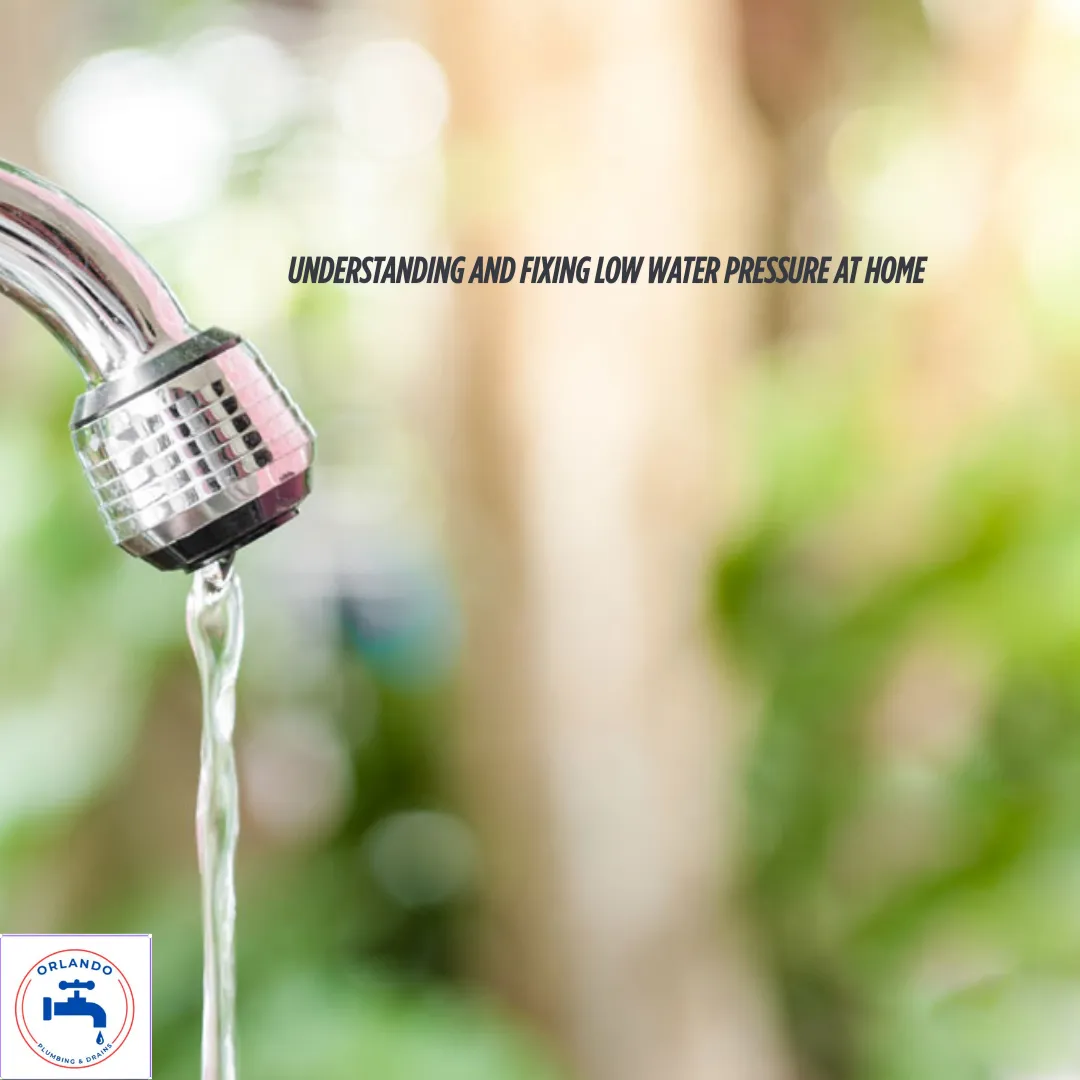
Why’s the Water So Weak? Understanding and Fixing Low Water Pressure at Home
There’s nothing more disappointing than stepping into the shower expecting a strong, steamy blast—only to be met with a lazy trickle. Or maybe it takes forever to fill your sink or run a load of laundry. Low water pressure isn’t just annoying; it’s a sign that something in your plumbing system may not be right. And while some fixes are simple, others can hint at bigger issues hiding behind your walls.
Let’s walk through what low water pressure really means, what might be causing it, and how to know when it’s time to bring in a pro.
1. What Does “Low Water Pressure” Actually Mean?
Low water pressure is exactly what it sounds like: water that doesn’t come out of your fixtures as forcefully as it should. But it’s more than just a weak shower stream. It could show up as slow-filling toilets, washing machines that take forever, or faucets that sputter rather than flow.
Most homes should see water pressure between 40 and 60 psi (pounds per square inch). Anything consistently lower than that could mean you have a pressure problem—especially if it’s affecting more than one fixture. The key is noticing patterns. Is it just the kitchen faucet? Or is the whole house feeling sluggish?
2. Common Signs of Low Water Pressure
Sometimes, low water pressure sneaks up on you. It starts with little inconveniences and gradually gets worse. Here are a few everyday signs to keep an eye on:
Showers feel weak, and you end up doing a little dance just to rinse out shampoo.
Faucets take forever to fill a pot, pitcher, or even a glass of water.
Appliances like dishwashers or washing machines take longer than usual to complete their cycles.
Toilets may refill slowly, or water might dribble instead of gush when flushing.
You might also hear strange hissing or sputtering sounds from faucets or pipes, which can signal air in the lines or pressure fluctuations.
These signs might seem harmless at first, but they’re often the tip of the iceberg when it comes to diagnosing plumbing issues.
3. What Causes Low Water Pressure?
There’s no one-size-fits-all answer here—it depends on your home, your plumbing system, and where the problem is happening. But here are a few usual suspects:
One common cause is mineral buildup inside old pipes, especially if you live in an area with hard water. Over time, the inside of the pipe narrows like clogged arteries, restricting flow. Another possible culprit? Leaks. Even a small hidden leak can drop your overall pressure and waste a ton of water in the process.
In some cases, it’s a problem with your pressure regulator, a device installed on the main line to control how hard water hits your pipes. If it’s malfunctioning, the pressure could be too high—or too low. Other times, the issue isn’t inside your home at all. Municipal water systems can fluctuate, especially during maintenance or high-demand times. And if you’re on a well, your pump or pressure tank could be to blame.
4. How to Troubleshoot Low Water Pressure at Home
Before you call in the cavalry, there are a few things you can try yourself. First, determine whether the issue is affecting one fixture or the whole house. If it’s just a single sink or shower, it might be something as simple as a clogged aerator or showerhead. Unscrew it, soak it in vinegar, and give it a good scrub.
Next, check for visible leaks—around the water heater, under sinks, or near hose bibs. Look for water stains, soft drywall, or a spike in your water bill. You can also check your main shut-off valve to make sure it’s fully open. Even if it looks open, give it a twist to be sure—it’s surprisingly easy for it to be slightly closed.
If you're on a well system, check your pressure gauge—it should read between 40 and 60 psi. Anything lower may mean your pump or tank isn’t keeping up.
5. When to Call a Professional Plumber
If you’ve checked all the obvious culprits and your water pressure still feels off, it’s time to call in a professional. A licensed plumber has tools you don’t—like pressure testing kits and leak detection gear—that can pinpoint the issue quickly.
Call a pro if:
The pressure drop is sudden or widespread.
You suspect a hidden leak or slab leak.
You’re seeing rust-colored water or sediment.
Your water pressure regulator is acting up (or you don’t even know if you have one).
You live in an older home with original plumbing.
In many cases, the issue can be diagnosed and resolved in a single visit. And if it turns out your pipes are aging or too narrow for today’s fixtures, a plumber can help you plan upgrades that not only restore pressure but improve overall performance.
6. Prevention and Peace of Mind
Once your water pressure is back to normal, you’ll wonder how you ever lived with less. But don’t stop there—take steps to keep things flowing.
Install a whole-house water softener if hard water is contributing to buildup. Replace outdated galvanized or corroded pipes before they cause more serious issues. And if you’ve never had your plumbing inspected, consider a once-over from a pro. Just like you get a checkup for your car, your home’s plumbing needs a little attention now and then.
Because honestly? Water pressure shouldn’t be something you have to think about. When it works, it’s invisible. And when it doesn’t, it disrupts everything. A little maintenance—and the right help when you need it—goes a long way in keeping your daily routine running smoothly.
